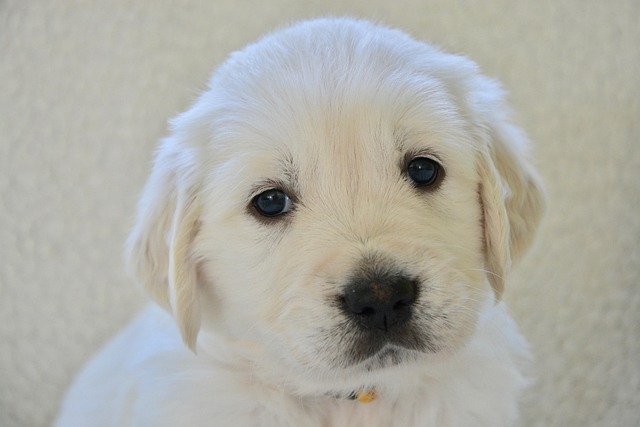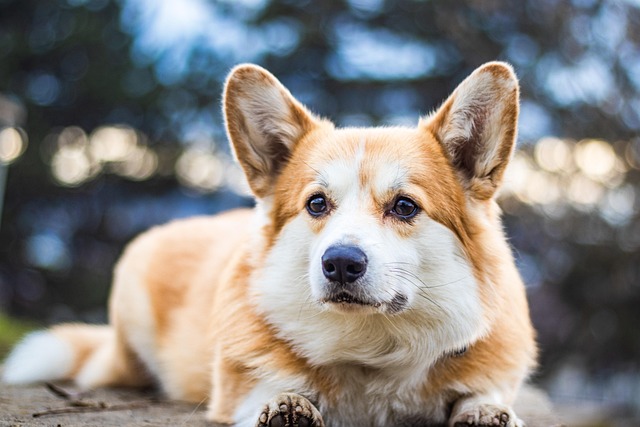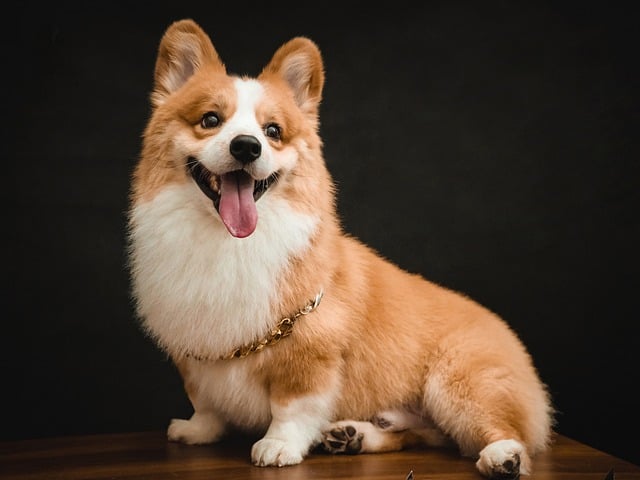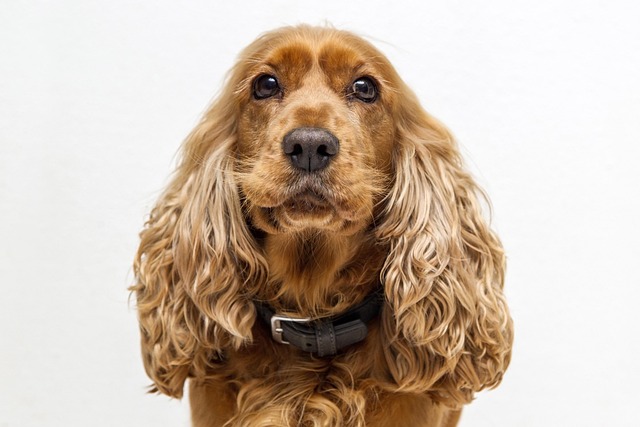Training a dog often feels like a dance—one where their focus darts like a butterfly, and yours stays steady, guiding them back. You say “sit,” and suddenly a squirrel’s shadow becomes the most interesting thing on earth. It’s normal, but with small tweaks, you can turn those scattered moments into focused connection.
Start with the environment. A quiet room, free of clattering dishes or barking neighbors, works better than a busy street. When you move training outdoors, pick spots where distractions are low at first—maybe a fenced yard before a park. Remember, in public spaces, keeping them leashed isn’t just a rule in many areas; it helps them stay grounded, knowing you’re right there to redirect their gaze.
Timing matters more than you think. Dogs have short attention spans, especially puppies. Five to ten minutes per session is enough—any longer, and they’ll check out. End on a high note: if they nail “stay” even once, celebrate like it’s a victory. A tiny treat, a scratch behind the ears, that excited voice they love—these make them crave the next round.
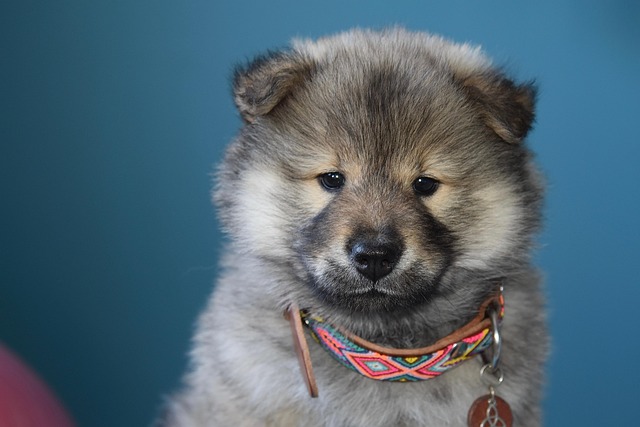
Use what they love to your advantage. Some dogs go wild for freeze-dried chicken, others lose their minds over a favorite ball. Hold that reward close to your face during commands—their eyes will lock onto it, and over time, they’ll learn to watch you for cues, not just the treat. Just avoid overdoing it; you want them to listen because they trust you, not just for the snack.
Body language speaks louder than words. Stand tall but relaxed, avoid waving arms wildly—calm energy tells them this is a game, not a stressor. When they glance away, a soft “hey” or gentle clap can pull them back. Never scold for distraction; it makes training feel scary. Instead, turn it into a reset: walk a few steps, start again, and make the second try easier.
Consistency is your secret weapon. Use the same words for commands—“come” means come, not “here” or “over.” Everyone in the house should follow suit; mixed signals confuse even the smartest pups. And in shared spaces, like apartment lobbies or sidewalks, stick to quick, simple commands. It keeps training polite, respecting others who might not be as dog-focused as you are.
At the end of the day, it’s about partnership. Your dog wants to please you—they just get sidetracked by the world’s endless wonders. With patience, the right rewards, and a little understanding of their quirks, those moments of full attention will grow longer. And when they look up at you, ears perked, ready to learn? That’s the magic of training—the bond getting stronger with every “good boy.”
